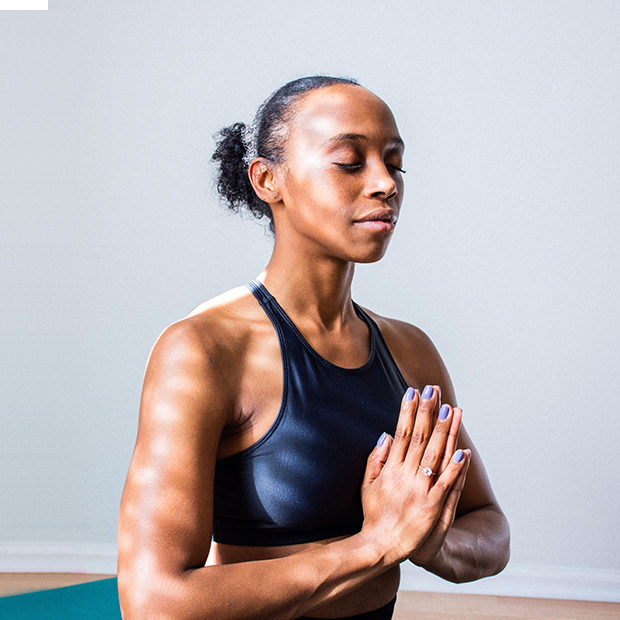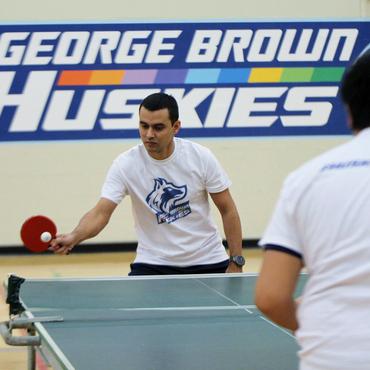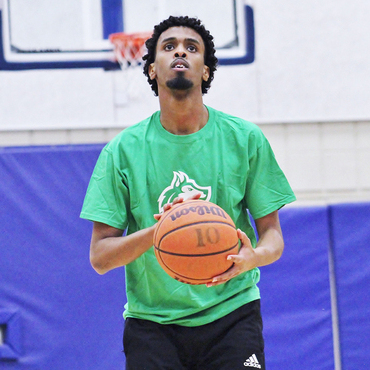Physical Wellness – Doing what you can to help strengthen and care for your body
- Sleep – Most people need 8 hours of sleep a night to stay healthy and alert.
- Eat well – Regularly eating healthy foods like vegetables, fruit, lean meat, and whole grains includes physical activity in your life – GBC Recreation has many different activities available for all students.
- Hygiene – Why is basic hygiene important?
- Good personal hygiene involves keeping all external body parts clean and healthy. It is important for maintaining both physical and mental health. In people with poor personal hygiene, the body provides an ideal environment for germs to grow, leaving it susceptible to infection.

- Personal Hygiene practices at home
- Bathe regularly. Wash your body and your hair often
- Wash your hand frequently
- Trim your nails to prevent problems such as hang nails and infected nail beds
- Clean your nose and ears
- Brushing your teeth and flossing at least twice a day
- Good personal hygiene involves keeping all external body parts clean and healthy. It is important for maintaining both physical and mental health. In people with poor personal hygiene, the body provides an ideal environment for germs to grow, leaving it susceptible to infection.
- Relaxation – It's a process that decreases the stress effects on your mind and body. Relaxation techniques can help you cope with everyday stress. And these techniques can help with long-term stress. These techniques are often free and can be done anywhere.
- Practicing relaxation techniques can have many benefits, such as:
- Lowering blood pressure
- Improving digestion
- Reducing the activity of stress hormones
- Increasing blood flow to major muscles
- Improving focus and mood
- Improving sleep quality
- Reducing anger and frustration
- Boosting confidence to handle problems
- Practicing relaxation techniques can have many benefits, such as:
Types of relaxation techniques include:
Autogenic relaxation - Autogenic means something that comes from within you. In this relaxation technique, you use both visual imagery and body awareness to reduce stress.
You repeat words or suggestions in your mind that may help you relax and reduce muscle tension. For example, you may imagine a peaceful setting. Then you can focus on relaxing your breathing, slowing your heart rate, or feeling different physical sensations, such as relaxing each arm or leg one by one.
Progressive Muscle Relaxation - In this relaxation technique, you focus on slowly tensing and then relaxing each muscle group.
This can help you focus on the difference between muscle tension and relaxation. You can become more aware of physical sensations.
In one method of progressive muscle relaxation, you start by tensing and relaxing the muscles in your toes and progressively working your way up to your neck and head. This is best done in a quiet area without interruptions. You can also start with your head and neck and work down to your toes. Tense your muscles for about five seconds and then relax for 30 seconds, and repeat.
Visualization - In this relaxation technique, you may form mental images to take a visual journey to a peaceful, calming place or situation.
To relax using visualization, try to include as many senses as you can, such as smell, sight, sound and touch. If you imagine relaxing in the ocean, for instance, think about the smell of saltwater, the sound of crashing waves and the warmth of the sun on your body.
You may want to close your eyes, sit in a quiet spot, loosen any tight clothing, and focus on your breathing. Aim to focus on the present and think positive thoughts. There are rooms within the college that can be used for meditation and relaxation. You may also ask to use the studios in the athletic department if they are not being used for fitness classes.
Other relaxation techniques may include:
- Deep breathing
- Massage
- Meditation
- Tai chi
- Yoga
- Music and art therapy
- Aromatherapy
The athletics and recreation facility can be used in many ways to help you physically, however, here are additional information available to help you with your physical wellness through health benefits program for students, safewalk to car or subway, student conduct and support and counselling services.
Emotional Wellness – the ability to successfully handle life’s stresses and adapt to change and difficult times. Helps you to see the best of yourself despite challenges
- A smile goes a long way
- Having the ability to talk to someone about emotional concerns (reach out to someone)

- Saying “no” without feeling guilty
- Feeling you have a strong support network
- Forgive yourself for mistakes made and take it as a learning moment
- Practice gratitude
- Being able to relax
Some services available to help you in your emotional wellness journey are indigenous services and student life.
Environmental Wellness – The livability of your surroundings. There are two ways you can look at environmental wellness.
- Respect for all nature and all species living in it
- Picking up Trash
- Enjoying nature
- Biking or walking for your commute
- Going to farmer’s markets
- Recycling, Composting
- Using reusable bags and water bottles
- Donating unwanted clothes
- Personal Environment – This has a significant impact on your health and emotional well-being. A messy home or workspace can make you become overwhelmed and anxious. If you maintain a clean an organized living/workspace, it helps your mind to be organized.
- Remove clutter and keep your space(s) tidy
- Surround yourself with people and things that you find positive and inspiring
- Create environments that support well-being at every opportunity
- Always be aware of the health and safety of your environment
Tips for Decluttering
- Spend a few minutes each day de-cluttering. If you stay ahead of it, you can prevent piles from becoming so large they overwhelm you. These few minutes can even be relaxing—turn on some music, have your favourite drink (coffee, tea or whatever), and sort through the mail/papers on your desk.
- Donate, rather than throw out, what you don’t need. Items laying around unused don’t need to be taken out to the trash. Sometimes it’s easier to let go of things if you know someone else will get used out of them—so keep a “donate” box handy and add your extra stuff there. At the end of each month, drop it off at a local donation centre.
- Clean out an overflowing closet by pulling out all the clothes you have not worn in the past year. Donate those clothes to a local charity or donation centre
Mental Wellness – A lifelong process with a proactive strategy for prevention, coping with life’s adversities and being resilient when we face stress, loneliness, anger, and sadness. Let’s focus our attention on the present moment.
- Relaxation methods
- Seek support (Family and friends)
- Practice positive talk
- Eat well, get exercise, and get good sleep
- Don’t be afraid to express feelings and emotions
- Ask for help

Spiritual Wellness – Expanding a sense of purpose and meaning in life, including one’s morals and ethics. The focus is to maintain balance and purpose in everyday life, resulting in resiliency
- Find the place that makes you feel calm and relaxed, so you can make time to reflect on the day or week
- Journal your emotions and experiences
- Volunteering
- Contributing to society
- Connecting with others, finding new groups or club
- Become a regular at places in your neighbourhood
- Being positive and optimistic
- Practicing self-care
Social Wellness – Building healthy, nurturing, and supportive relationships and fostering a genuine connection with those around you.
- Remind yourself of the importance of others
- Get a friend to do the planning, so you can show up
- Be open with others and confide in your friends. Invite feedback
- Show interest in your friend’s life, and they are likely to do the same
- Don’t set expectations, just relax and hang out with friends
- Give yourself permission to laugh.
Financial Wellness – A state of being where you can meet current and future financial obligations, and feel secure in your financial future and the choices that let you enjoy life. This may impact all areas of wellness in some way:
- Talk to Financial Aid and apply for scholarships and bursaries
- Use student discounts when possible
- Use a budget
- Set financial goals
- Beware of how you spend
- Automate your savings
- Plan for major purchases
- Save early for retirement
- Handle credit with care
- Keep financial records
There are many scholarships and bursaries available to students. Some are based on a very specific need for athletes, indigenous students, first-generation students, 2SLGBTQIA+, and Black students.





